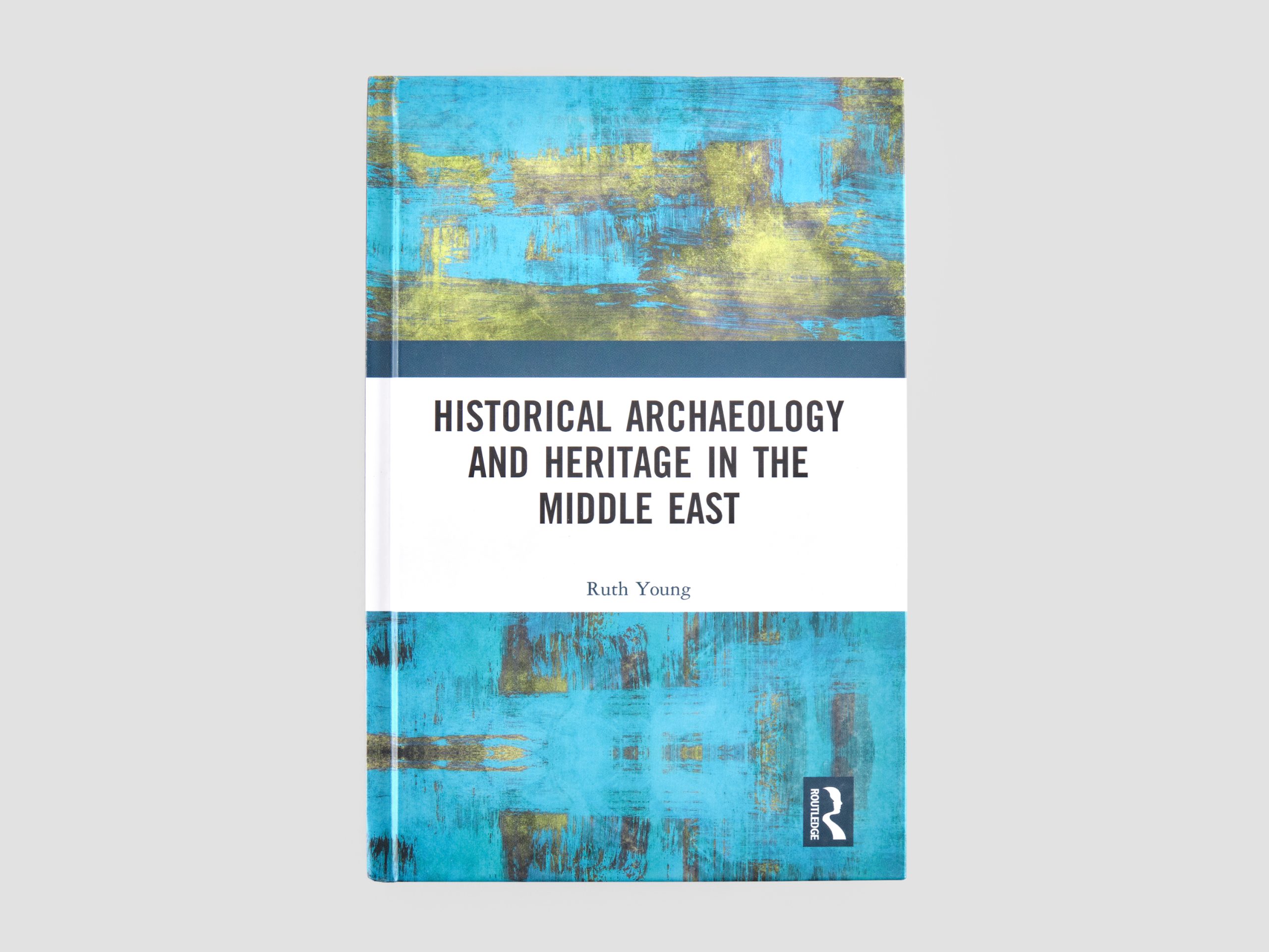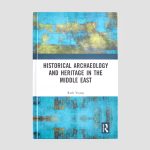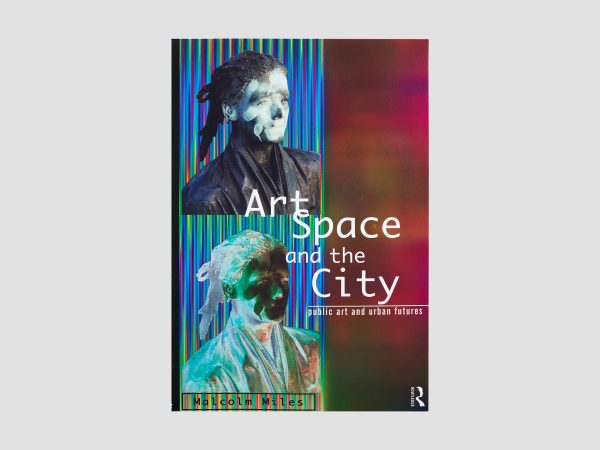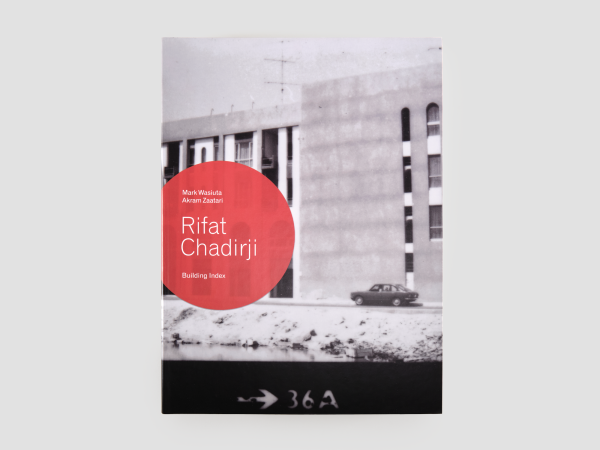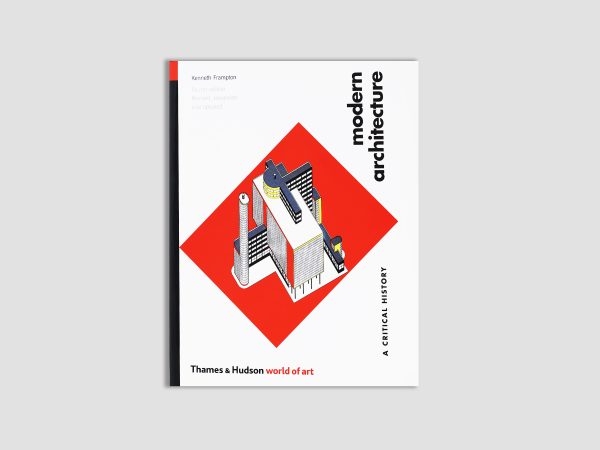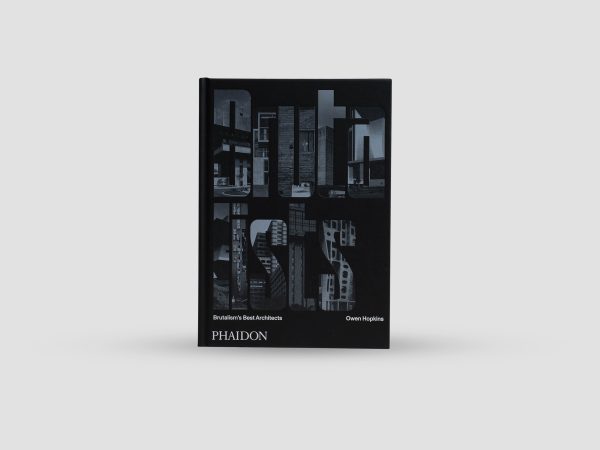Landlord villages dominated Iranian land tenure for hundreds of years, whereby one powerful landlord owned the village structures, surrounding farmland, and to all intents and purposes, the village occupants themselves; a system that in some cases remained in place up to the 1979 Islamic Revolution. In Oman, mud-brick oases were home to most of the rural population right up until Sultan Qaboos came to power in 1970 and required inhabitants of mud-brick houses to relocate into new concrete block buildings.
Historical Archaeology and Heritage in the Middle East explores these everyday, rural communities in Iran and Oman in the nineteenth and twentieth centuries through a combination of building analysis, excavation, artefact analysis and ethnographic interviews. Drawing on the results of original field projects, the book considers new ways of exploring traditional lifeways, giving voice to hitherto largely ignored sections of the population, and offers new and different ways of thinking about how these people lived, what shaped their lives and the impact of major political and social changes on them. Place, memory and belonging are considered through the lens of material culture within these villages.
About the Author
Ruth Young is a Reader in Archaeology at the University of Leicester, UK, and has directed and co-directed excavations and fieldwork in Iran, Lebanon, Oman and Pakistan.
About the Publisher
Founded in 1836, Routledge has published many of the greatest thinkers and scholars of the last 100 years, including Adorno, Einstein, Russell, Popper, Wittgenstein, Jung, Bohm, Hayek, McLuhan, Marcuse and Sartre. Today, Routledge is the world’s leading academic publisher in the humanities and social sciences, publishing thousands of books and journals each year and serving scholars, instructors and professional communities worldwide.
